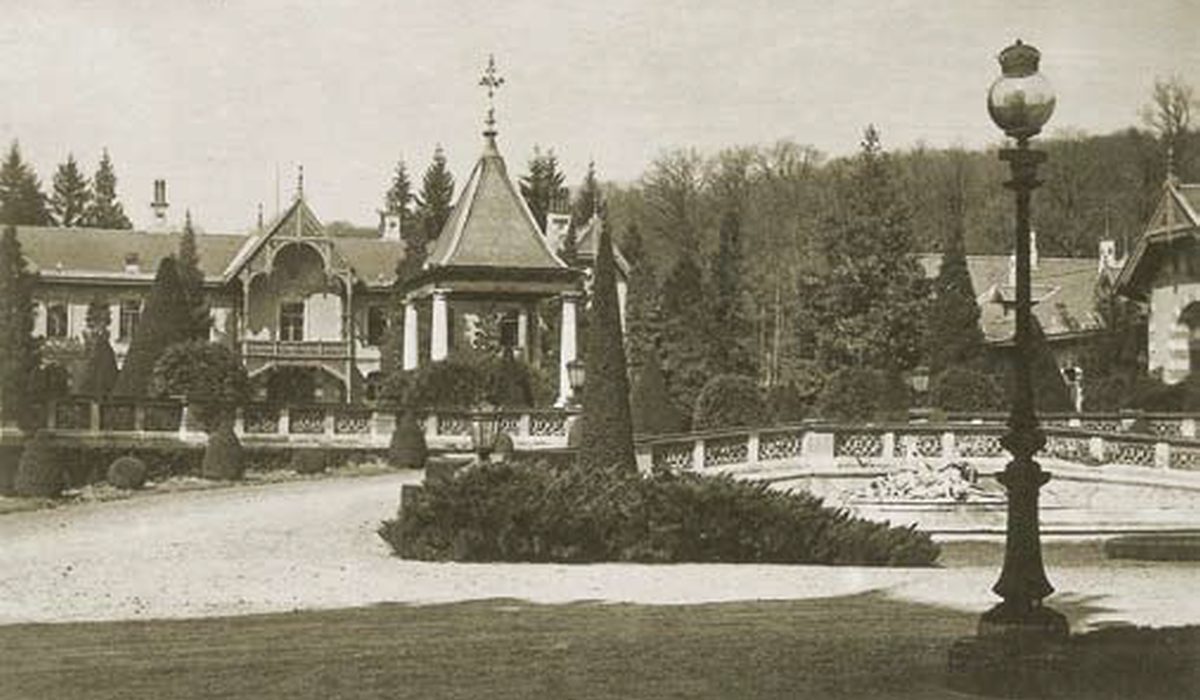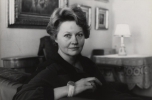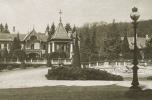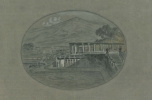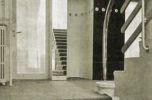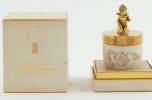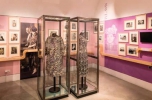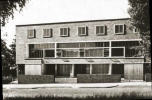The Legacy of Two Women of the 20th Century in Vienna
Brigitte Hamann’s legacy
Vienna City Library, 2 June 2017 – 26 January 2018
Text: György Szegő
Photos: Rathausbiblitothek Wien
On October 4, 2016, historian and biographer Brigitte Hamann died of one of the most popular scientists in Austria, indeed German-speaking countries. She wrote her credo in a text for the Frankfurt Book Fair in 1995: “It is a pleasure to be a historian in Austria: public and private archives are crammed to the attics with often untreated sources from earlier centuries, can always make important discoveries. ”
The success of their 1982 Sisi biography was based on such a find, for Hamann was the first to evaluate Empress Elisabeth’s literary estate, which has been in the Swiss Federal Archives since the early 1950s as an unopened time capsule. Hamann’s sense of the importance of unique material is reflected above all in a tremendous private collection. In the course of her life, she brought together autographs, manuscripts, documents of life and photographs with as much passion as expertise, which are connected with her focus on the House of Habsburg, such as Empress Elisabeth, Maximilian of Mexico and Crown Prince Rudolf. On the other hand, they represented important sources for “Hitler’s Vienna” or their occupation with the family of Richard Wagner.
Her collection also includes correspondence from icons from literature, music and science such as Alexander von Humboldt, Thomas Mann and Richard Strauss, not to mention the purchase contract for the villa by Arthur Schnitzler or the birthday book Ernst von Hesse-Warteggs.
In addition, she bought many unique bundles at auctions and saved irreplaceable papers to many biographies spilled by the times, such as from the time of exile. These include the splinter discounts of the cartoonist Erich Andreas Gold, the journalist Karl Mautner and the jazz musician Fritz Szanto. They had fled to the US in 1938, to Colombia and to Shanghai – and were brought to their careers.
Brigitte Hamann acquired all these and other materials with the aim of publishing them in book form. The exhibition of the Vienna City Library in the town hall, which opens and presents these exciting time capsules for the first time under the title »So beautiful can be science!«, Is doing what it was denied.
Helena Rubinstein. Pioneer of Beauty
Jüdisches Museum Wien, 18 October 2017 – 6 May 2018
Text: György Szegő
Photos: Jüdisches Museum Wien
Helena Rubinstein was a pioneer in female entrepreneurship. It did not come easily to her. She was born in the 1870s in Kraków as the oldest of eight daughters and grew up in modest circumstances in an orthodox Jewish family. After a stopover in Vienna, where she worked in her aunt’s fur store and collected the first ideas for her later career, she emigrated to Australia and worked initially as a children’s nanny. She began to sell creams imported from Poland and founded her first beauty salon. In order to develop her own products, she handed over the business to two of her sisters and left for Paris. In 1912 she invented the first system for identifying skin types. She founded beauty salons in Paris and London. In 1914, by now married, she emigrated with her two children and husband to the USA, where she continued to develop her own cosmetic line, which from the 1920s also bore her name. Her business grew rapidly. By the time of her death in 1965 it had 100 branches in fourteen countries and around 30,000 employees. Her private assets amounted to over 100 million US dollars. She was a patron of the arts and sciences, setting up a fund to support art students and financing the Helena Rubenstein Pavilion, a museum for modern art, in Tel Aviv. She established a faculty of chemistry at the University of Massachusetts and in 1953 founded the Helena Rubinstein Foundation, which continues to support women scientists today. The exhibition will look at her life, particularly the years in Vienna.
